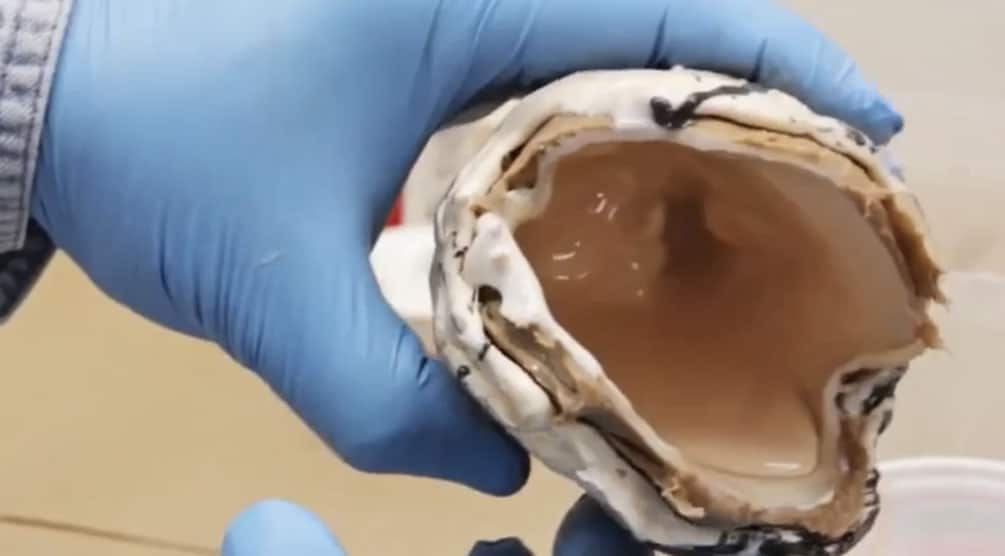Tin-Cured vs. Platinum-Cured Silicone: The Best Choice for Taxidermy Molding

For taxidermists, achieving lifelike details in a reproduction is essential. Whether you’re creating molds for noses, lips, ears, or entire facial casts, using the right silicone can make or break the final outcome. Two of the most popular options for molding and casting in taxidermy are tin-cured silicone and platinum-cured silicone—but which one is best for your project?
In this guide, we’ll break down the key differences between these two silicones and help you decide which is best for your taxidermy molds.
What is Tin-Cured Silicone? (Condensation Cure)
Tin-cured silicone is a popular choice among taxidermists due to its affordability and flexibility. It cures using a tin-based catalyst, and while it’s easy to work with, it does release small byproducts (alcohol) as it sets. This can cause minor shrinkage over time.
Why Taxidermists Use Tin-Cured Silicone
✔ Great for short-term molds – Perfect for quick-turnaround projects.
✔ Excellent tear strength – Can withstand the stretching needed to remove intricate casts.
✔ Affordable – Less expensive than platinum-cured alternatives.
Drawbacks of Tin-Cured Silicone
- Shrinkage over time – This can distort details, making it less ideal for long-term use.
- Less durable – May break down faster, especially when exposed to moisture or repeated casting.
- Not skin or food-safe – This is fine for taxidermy, but not ideal for molds that require absolute precision and long-term stability.
Best Taxidermy Applications for Tin-Cured Silicone
- Quick mold-making for noses, lips, or ears.
- Small-scale casting projects where slight shrinkage won’t be a problem.
- Temporary or disposable molds for one-off casts.
What is Platinum-Cured Silicone? (Addition Cure)
For high-end taxidermy molds, many professionals prefer platinum-cured silicone. This type uses a platinum-based catalyst and does not release byproducts, meaning it cures with zero shrinkage.
Why Taxidermists Prefer Platinum-Cured Silicone
✔ No shrinkage – Ensures accurate detail retention, crucial for lifelike reproductions.
✔ Extremely durable – Lasts longer than tin-cured silicones, even with repeated use.
✔ Better for large or detailed molds – Ideal for facial molds, noses, and intricate textures.
Drawbacks of Platinum-Cured Silicone
- Higher cost – More expensive than tin-cured silicone, but often worth it for detailed work.
- Sensitive to contaminants – Sulfur from modeling clay or latex gloves can inhibit curing.
Best Taxidermy Applications for Platinum-Cured Silicone
- Permanent, high-quality molds for noses, lips, and intricate facial details.
- Reproductions that require precise detail without shrinkage.
- Molds that will be used repeatedly for casting.
Tin-Cured vs. Platinum-Cured Silicone for Taxidermy: Which One is Best?
| Feature | Tin-Cured Silicone | Platinum-Cured Silicone |
|---|---|---|
| Cost | More affordable | More expensive |
| Durability | Breaks down faster, especially with moisture | Long-lasting, can be used multiple times |
| Shrinkage | Yes, slight over time | No shrinkage |
| Ease of Use | Simple to work with, more forgiving | Can be sensitive to contaminants |
| Best For | Short-term molds, quick projects | Long-term molds, high-detail reproduction |
Final Verdict: Which Silicone is Right for Your Taxidermy Needs?
- If you need an affordable, quick mold for a one-time cast, go buy tin-cured silicone.
- If you want a highly detailed, long-lasting mold, buy platinum-cured silicone because it is worth the investment.
For taxidermists who regularly mold noses, lips, and ears—or who want to create lifelike replicas of animal features—platinum-cured silicone is the better choice in the long run. However, for quick prototypes or budget-friendly molds, tin-cured silicone still has its place in a taxidermist’s toolkit.
Whichever you choose, using high-quality silicone molding techniques will ensure that your taxidermy work stands out with professional results.
What silicone do you use for molding or casting in taxidermy? Let us know in the comments below!
